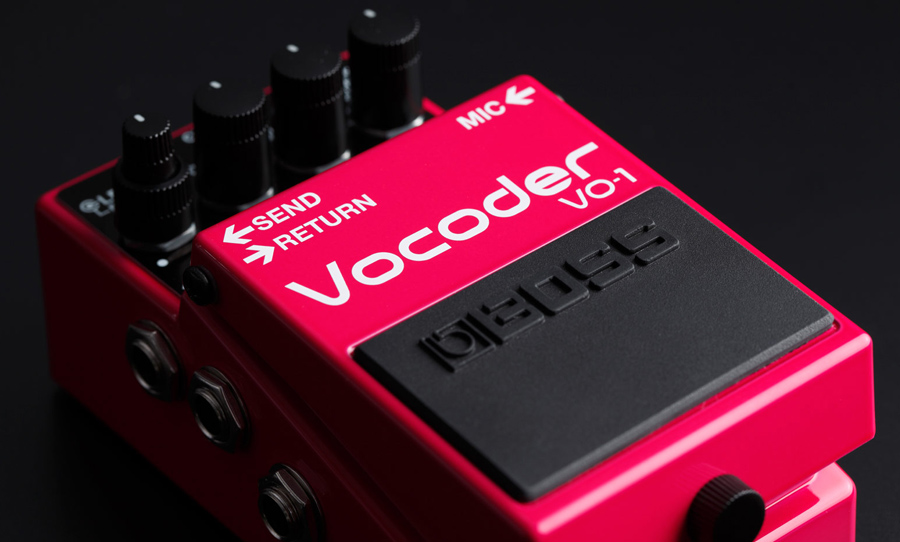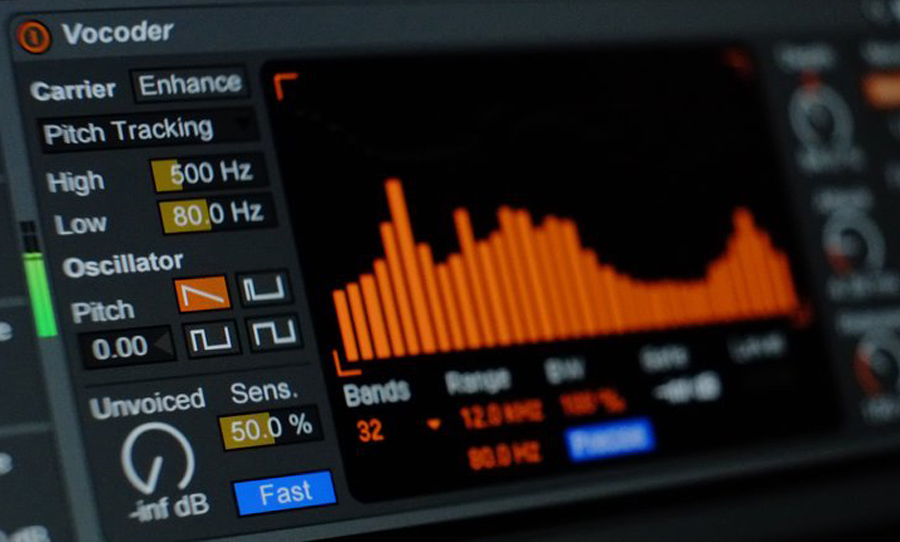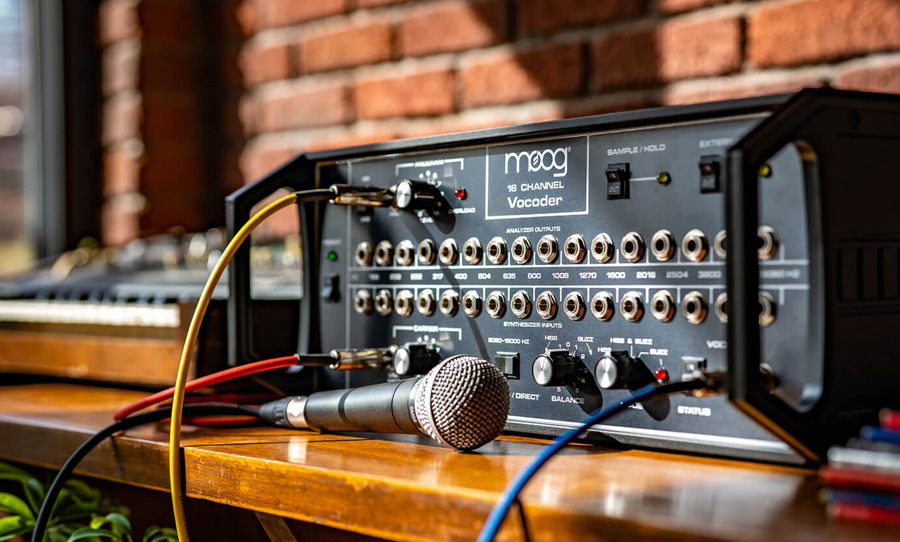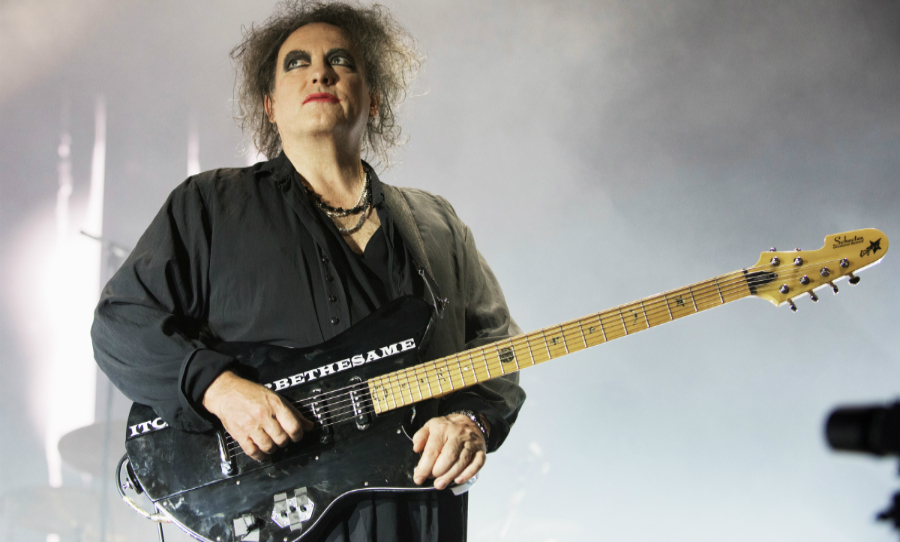The vocoder has been a tool for manipulating the human voice for nearly a century. Let’s dive into its fascinating history and count the classic examples along the way.
The vocoder as you may know it today started life a little differently. Designed for use in the military and communication sectors, it found new life as a tool for artistic expression. It was a favourite of the pioneers of ’70s electronic music and ’80s rock to musical innovators and is now firmly back in vogue. The device that could even find space in film scores like Ridley Scott’s Blade Runner.
Though they essentially share the same character, there have been many variations on the theme, from simple but revolutionary originals to innovative recreations. Let’s take a look at what the vocoder is, and why it’s so goddamn cool.

A brief history in transmission
Short for ‘voice encoder,’ the vocoder was originally developed by Bell Laboratories in the 1920s. Researchers developed a device that could break down an input signal into multiple frequency bands. As a result, the signal could be manipulated to require less copper wire to be transmitted, whilst still being audible.
It wouldn’t be long before the military got their gloves onto the tech. Notably, an enhanced version of the original Bell design would be used to encode transmissions between Churchill and his buddy Roosevelt over the trans-Atlantic telegraph cable.
Early designs intended for musical use date back to the 50s, with the most notable innovation by Robert Moog and Wendy Carlos. This 10-band device would be used by Carlos in soundtracks for movies like A Clockwork Orange. This modern vocoder uses a microphone to capture what is the ‘input signal’ and then a device such as a keyboard is used as the ‘carrier’ to pitch, modulate and distort.
The vocoder through the ages
Vocoders increased in popularity throughout the 1970s, across more than just electronic music. German electro-pioneers Kraftwerk would bring life to robot voices in their song The Robots. Boundary-pushing contemporary artists like Herbie Hancock used one on his track Tell Everybody, as did Stevie Wonder on Race Babbling.
This technique exploded in the ’80s with more artists picking up some kind of vocoding device. Phil Collins using one on his timeless international hit In The Air Tonight. Such was the demand that Roland released the WP-330 in the late ’70s and its status would continue to rise during the ’80s. It was a vocoder that had choir and string ensemble sound settings that could be blended into the original source. Composer Vangelis used this machine to create some of the best moments in the original Blade Runner soundtrack.
The ’90s brought new flavours to genre-bending users like The Beastie Boys with their track Intergalactic or the genre-defining Daft Punk with tracks like Harder Better Faster just to name one. The French robotic duo is famously known for using vocoding effects profusely from their 1997 debut to their last album in 2013.
The vocoder today
Vocoders have also been incorporated into comedy. Australia’s very own Tom Cardy, musician, radio presenter, and comedian has utilised a vocoder in some hillarious social media clips. Also a really good insight into how to operate a vocoder. Thanks, Cardy T.
View this post on Instagram
Popular hardware vocoders include the Behringer VC340 Analog Vocoder Synth, a smaller clone of the Roland VP-330 that Vangelis used. If you’re looking for a smaller footprint, BOSS has the VO-1, a travel-friendly solution that you can pair up with your instrument of choice.
There are also plug-ins and software like the Waves OVox ReSynthesis. The OVox features vocoding as well as a talkbox and other harmonizer options. Ableton Live has long since had the ‘Vocoder’ as part of its stock library. If you’re loving the sound of this tech, but haven’t got the coin to spend, check out our guide on how to achieve this sound in your DAW.

Essentially, what your phone does to your voice is a type of vocoder — remember how bad those use to sound? Using the principle, however, the iconic units of the ’70s and ’80s opened up the vocoder to a new world of creativity. And as the canon of the classic vocoder tracks grows larger, will more and more musicians are going to be inspired to make their own vocoder experiments? Why not?



